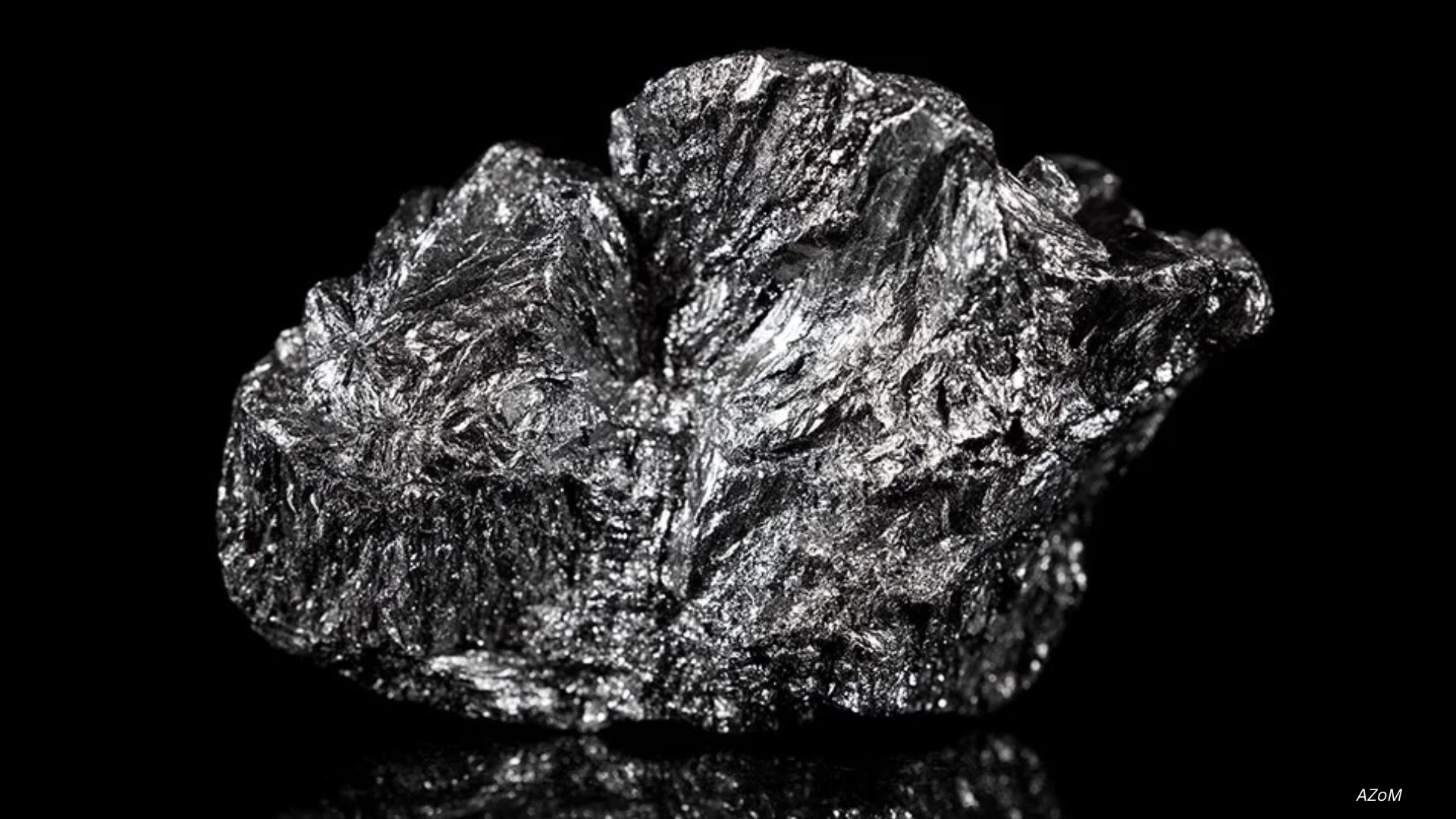
Heat Transfer Fluid Market by Type (Silicones, Aromatics, Mineral Oils, Synthetic Fluids, Glycols, and Others), and by End-User (Chemical, Oil & Gas, Automotive, Plastics, Renewable Energy, Pharmaceuticals, Food & Beverage, and others)- Global Opportunity Analysis and Industry Forecast 2022-2030
Market Definition
The Heat Transfer Fluids Market size was valued at USD 3.22 billion in 2021 and is predicted to reach USD 7.19 billion by 2030, expanding at a CAGR of 9.6% from 2022 to 2030.
Heat transfer fluids are liquids or gases specially producedfor transmitting heat from one system to another. The basic raw materials used in the production of heat transfer fluids are silica, crude oil, and base oils along with refined petroleum, synthetically formulated hydrocarbons, or siloxanes (silicone). They are utilized in various industrial proceduressuch as ventilation and air-conditioning that requires heating or cooling, usually in a closed circuit in continuous circles. In addition, heat transfer fluids are used in various applications and industrial procedures such as chemical processing, food & beverage industries,and others.
Market Dynamics and Trends
The growth in the development of automotive and chemical sectors that incorporate heat transfer fluids in applications such as heating and cooling of polymersbatch processing, and extruders along with the necessity of maintaining temperature in these sectors are driving the growth of the heat transfer fluid market globally. Also, the increase in oil and gas exploration activities worldwide as well as the rise in energy demand globally owing to rapid urbanization and industrialization is expected to further propel the market growth during the forecast period.
Moreover,the reduction of operating costs, increase in production volume as well as minimizing the consumption of energy in processing units are factors likely to boost the growth of the global heat transfer fluids market during the forecast period. For instance, in January 2022, New Laboratory accelerated the testing of thermal fluidsand ensured that maintenance is carried out when needed to avoid unnecessary degradation that can affect product quality.
The instability in the supply ofraw materials due to fluctuating crude oil & base oil productionare factors expected to restrain the growth of the heat transfer fluid market during the forecast period. On the contrary, the increasing demand for the adoption of energy transfer devices such as heat pumps and heat exchangers isexpected to create lucrative opportunities for the global heat transfer fluid market in the near future.
Market Segmentations and Scope of the Study
The heat transfer fluid market is segmented on the basis of type,end-user,and geography. On the basis of type, the market is divided into silicones, aromatics, mineral oils, synthetic fluids, glycols, and others. On the basis of end-users, the market is classified into chemical, oil & gas, automotive, plastics, renewable energy, pharmaceuticals, food & beverage, and others. Geographic breakdown and analysis of each of the aforesaid segments include regions comprising North America, Europe, Asia-Pacific, and RoW.
Geographical analysis
Asia Pacific held the predominant share inthe global heat transfer fluid market in 2021 and is expected to remain dominant during the forecast period. This is attributed to the factors such asthe rising consumer purchasing powerthat is influencing the demand for high-end refrigerators and air conditioners in rapidly developing countries such as China and India.
Furthermore, the growingapplications of heat transfer fluidsin various industries such as plasticsand pharmaceuticals supplement the growth of the regional market. Also, governments of variouscountries such as China, Japan, and India have invested heavily to set up solar power plants to meet the growing energy requirements of their countrieswhichis a significant factorboosting the demand for heat transfer fluid in this region. For instance, according to the National Energy Administration, China’s investment in solar energy nearly tripled in the first four months of 2022 to USD 4.30 billion compared with January to April investment in the previous year.
North America is expected to show a steady growth rate during the forecast period,due to the stringent regulations on carbon emissionand ongoing research and developments for new and innovative solutions such as expanded metal baffles, graphene-coated surfaces, and twisted tubes.
Also, factors such as the availability of base stock of raw materialsalong with the rise in manufacturing output are boosting the market growth in this region. In addition, rapid growth in commercial and residential construction industries in this region is likely to trigger the demand for heating, ventilation, and air conditioning systems, thereby stimulating the market growth.
Competitive Landscape
The heat transfer fluids market includes various market players such as Eastman Chemical Company, Schultz Chemicals, Indian Oil Corporation Ltd., Dow, Huntsman Corporation,Shell Plc, Chevron, Arkema, Sasol Limited, and ExxonMobil among others. These key market players are adopting strategies such as acquisitions and collaborationsto sustain their dominance in the heat transfer fluids market.
For instance, in July 2022, Eastmanplanned toexpand its Eastman Therminol 66 heat transfer fluid manufacturing capacity in Anniston, Alabama. The plant expansion is expected to be complete in 2024 and is expected to increase the U.S.-based capacity by 50%. This ensures to meet the needs of customers around the world for years to come. Additionally, in December 2021, Shell New Energies US LLC acquired Savion LLC (Savion) to expand its global solar portfolio exponentially. Also, it aligns with Shells’ strategy to develop an integrated power business as it intends to become a net-zero emissions energy business by 2050.
Key Benefits
-
The heat transfer fluidsmarket report provides aquantitative analysis of the current market and estimations through 2022-2030 that assists in identifying the prevailing market opportunities to capitalize on.
-
The study comprises a deep dive analysis of the heat transfer fluids market trend including the current and future trends for depicting the prevalent investment pockets in the market.
-
The information related to key drivers, restraints, and opportunities and their impact on the heat transfer fluids market is provided in the report.
-
The competitive analysis of the market players along with their market share in the heat transfer fluids market
-
The SWOT analysis and Porter’s Five Forces model areelaborated in the study.
-
Value chain analysis in the market study provides a clear picture of the stakeholders’ roles.
Key Markets Segments
By Type
-
Silicones
-
Aromatics
-
Mineral Oils
-
Synthetic Fluids
-
Glycols
-
Others
By End-User
-
Chemical
-
Oil & Gas
-
Automotive
-
Plastics
-
Renewable Energy
-
Pharmaceuticals
-
Food & Beverage
-
Others
By Geography
-
North America
-
U.S
-
Canada
-
Mexico
-
-
Europe
-
UK
-
Germany
-
France
-
Italy
-
Spain
-
Rest of Europe
-
-
Asia-Pacific
-
China
-
India
-
Japan
-
South Korea
-
Australia
-
Rest of Asia-Pacific
-
-
RoW
-
UAE
-
Saudi Arabia
-
South Africa
-
Brazil
-
Remaining countries
-
Key Players
-
Eastman Chemical Company
-
Schultz Chemicals
-
Indian Oil Corporation Ltd.
-
Dow
-
Huntsman Corporation
-
Shell Plc
-
Chevron
-
Arkema
-
Sasol Limited
-
ExxonMobil
REPORT SCOPE AND SEGMENTATION:
|
Parameters |
Details |
|
Analysis Period |
2021–2030 |
|
Base Year Considered |
2021 |
|
Forecast Period |
2022–2030 |
|
Market Size Estimation |
Billion (USD) |
|
Market Segmentation |
By Type (Silicones, Aromatics, Mineral Oils, Synthetic Fluids, Glycols, Others), By End User (Chemical, Oil & Gas, Automotive, Plastics, Renewable Energy, Pharmaceuticals, Food & Beverage, Others) |
|
Geographical Segmentation |
North America (U.S., Canada, Mexico) Europe (UK, Germany, France, Italy, Spain, Rest of Europe), Asia-Pacific (China, India, Japan, South Korea, Australia, Rest of Asia-Pacific), Rest of the World (UAE, Saudi Arabia, South Africa, Brazil, Remaining countries) |
|
Companies Profiled |
Eastman Chemical Company, Schultz Chemicals, Indian Oil Corporation Ltd., Dow, Huntsman Corporation, Shell Plc, Chevron, Arkema, Sasol Limited, ExxonMobil |




















 Speak to Our Analyst
Speak to Our Analyst

























